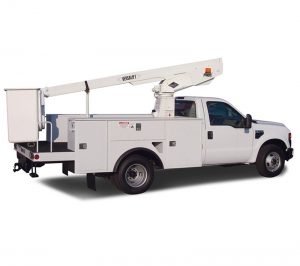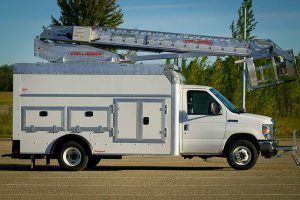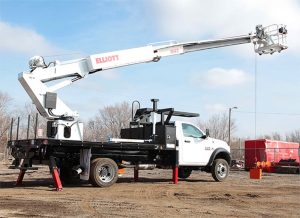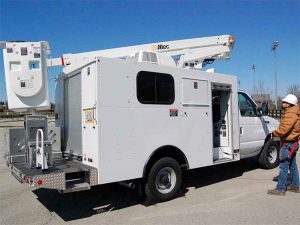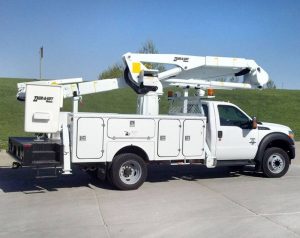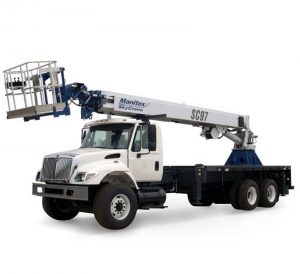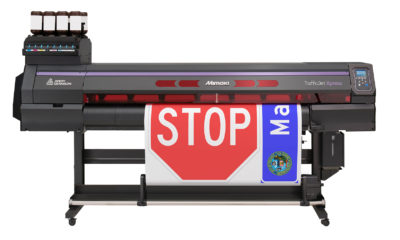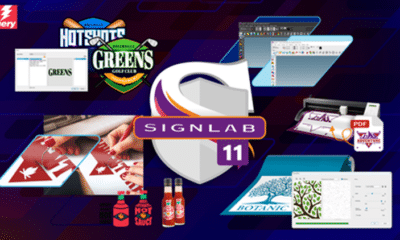WHEN STARTING YOUR sign business, installation can be kind of an afterthought. Design and production are the main focus and you might assume that installing will be a simple, final step. Sooner or later, you get that order for a sign that needs to be installed high up on a roof or a pole. It’s too heavy to lift and too high for the ladder. Now what?
You can, of course, refuse the job, subcontract the installation or rent the appropriate equipment. These are all reasonable options, but how much business are you giving away or how much are you paying in rental fees? This is the kind of analysis that you will have to make before purchasing or leasing a boom truck. If you have the business and trained crew, then you can significantly increase your bottom line.
So let’s assume you have run the numbers and find that you are paying as much (or more)in rentals as it would cost you to finance a new truck. Here is where you will need to do some serious homework. What type of installations are you doing? Do most of the jobs involve simple mounting of non-electrical signs or applying vinyl directly to surfaces? If so, you may not need welder hookups or high-weight capacities. If you will never need to lift a 100lb. sign, why get a truck designed for heavy loads?
Another very key question to ask is about the type of access to the job site that you will typically encounter. Are most of the areas tight spaces? Will you contend with obstacles between the site and the truck? Are you installing on very tall structures primarily or will the truck have to park some distance from the site? This will help you determine what type of system you need. For tighter areas that may have to negotiate obstacles, an articulated or “knuckled” boom will make the most sense. If the street or lot where you stage the vehicle is some distance away, a telescoping or “stick” boom is probably what you need.
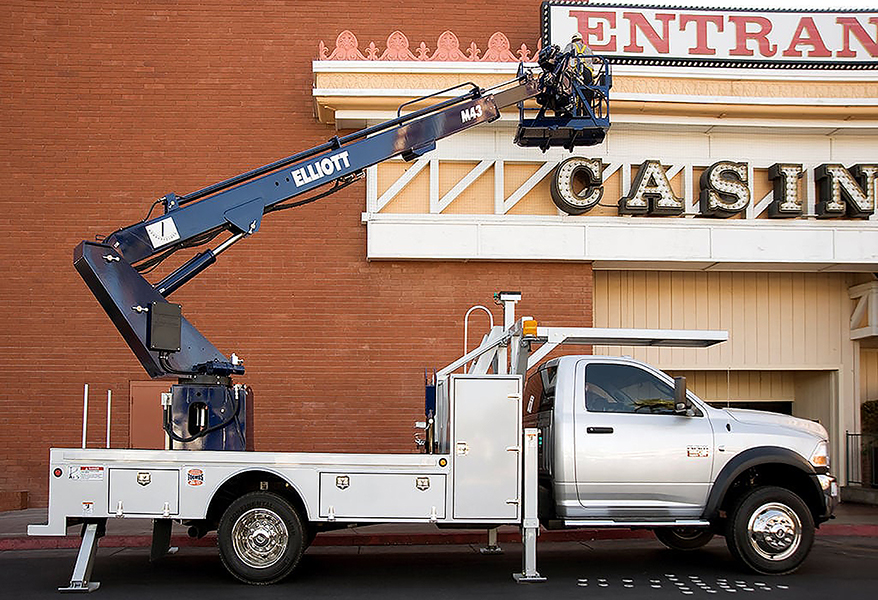
Boom trucks are a worthy investment for a signshop, but be sure to do your homework in finding the proper fit.
A final area to be cognizant of is the bucket. Some systems have the positioning controls in the bucket and installers can position themselves without any ground help. Of course, this will cost some additional bucks. The alternative is a positioning system that is operated from the truck by a person on the ground. The cost for the truck will be less, but you will definitely need a second person on-site, as well as a couple of radios. It may be cheaper in the long run to go with in-bucket controls.
Advertisement
So, there are a lot of factors involved in making the decision whether or not to take the plunge and get a boom truck. As mentioned earlier, you can always rent or look for a used vehicle. If you do take the leap, then make sure you are getting the right truck for the job.
PHOTO GALLERY (6 IMAGES)
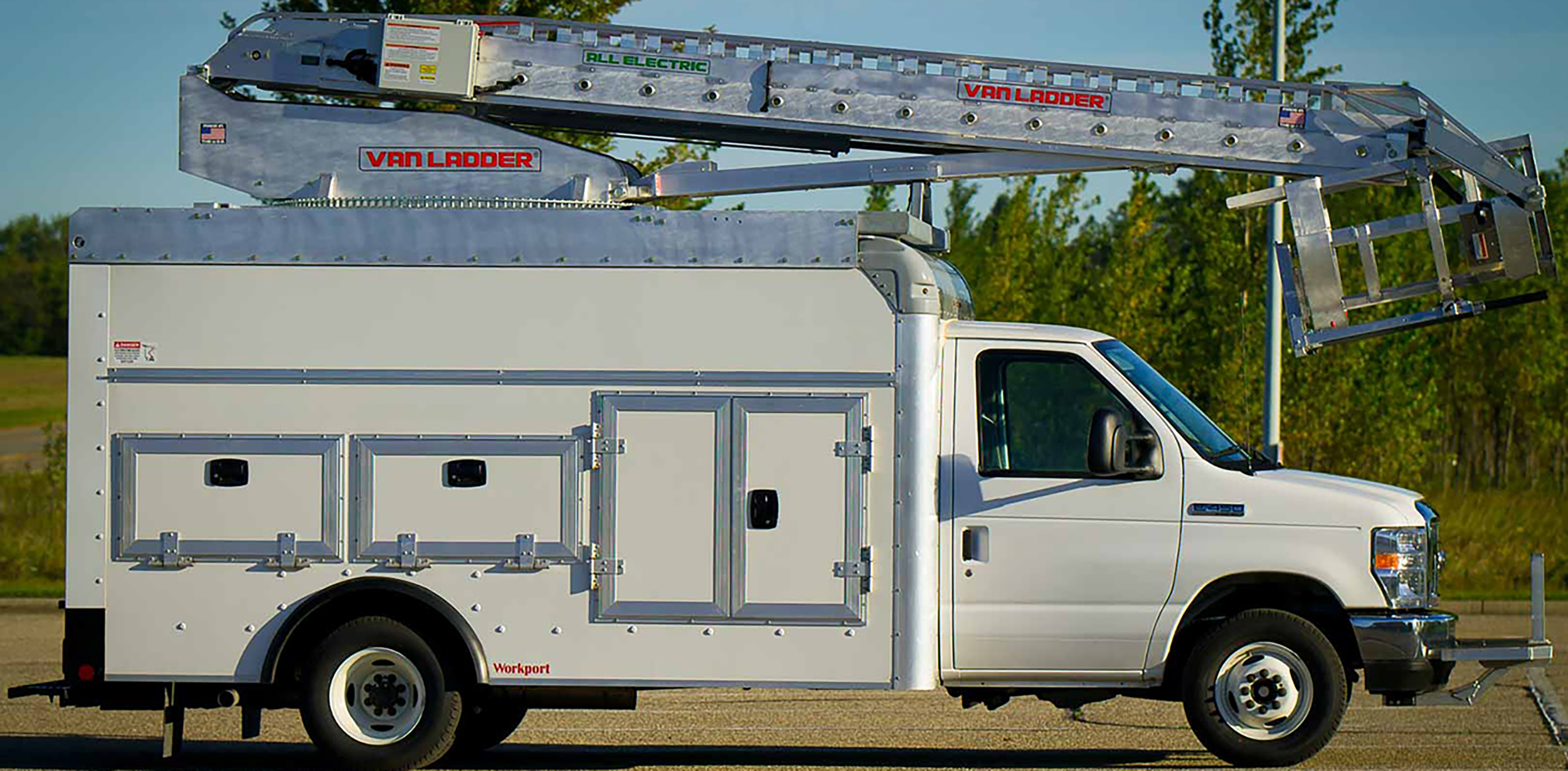

 Tip Sheet3 days ago
Tip Sheet3 days ago
 Business Management1 week ago
Business Management1 week ago
 Women in Signs2 weeks ago
Women in Signs2 weeks ago
 Real Deal4 days ago
Real Deal4 days ago
 Editor's Note1 week ago
Editor's Note1 week ago
 Maggie Harlow2 weeks ago
Maggie Harlow2 weeks ago
 Line Time2 weeks ago
Line Time2 weeks ago
 Product Buying + Technology1 week ago
Product Buying + Technology1 week ago

